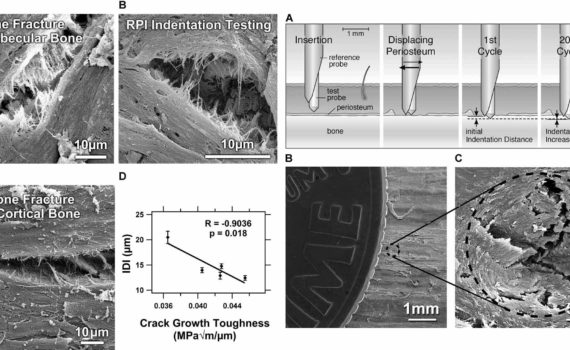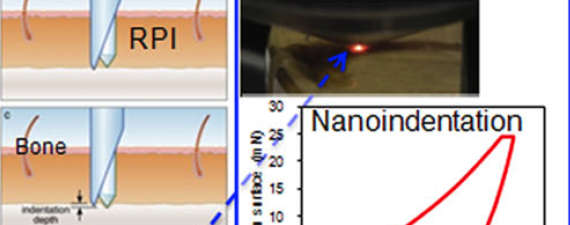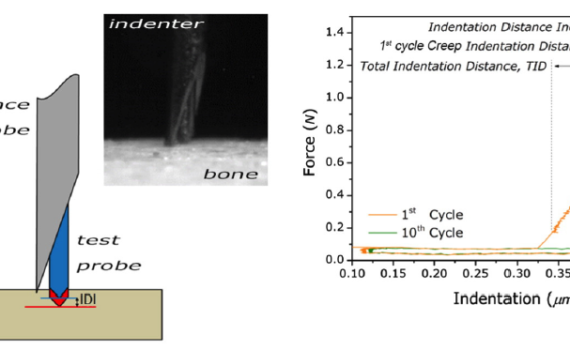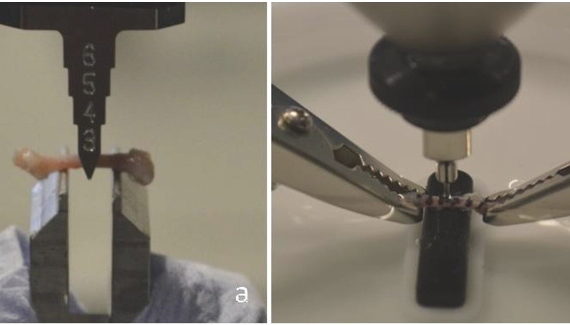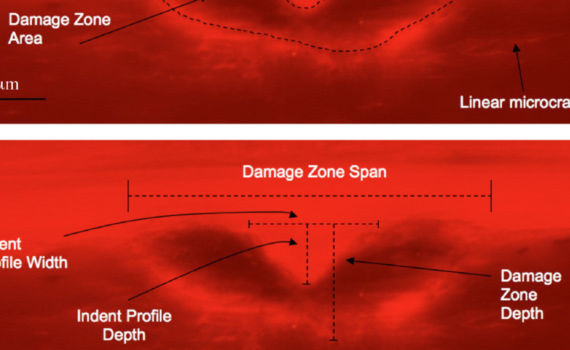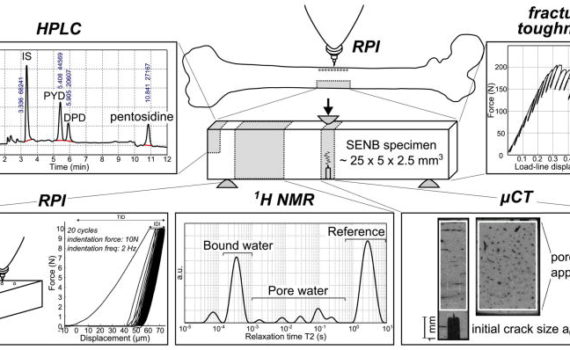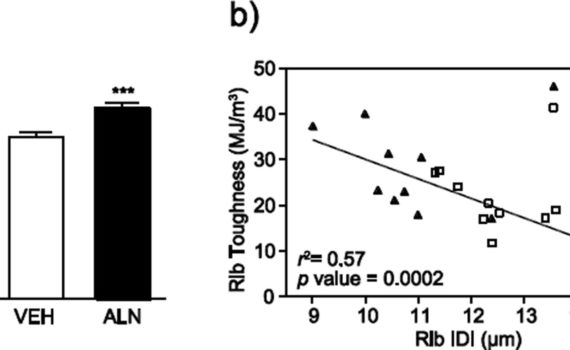Abstract Bone tissue mechanical properties are deemed a key component of bone strength, but their assessment requires invasive procedures. Here we validate a new instrument, a reference point indentation (RPI) instrument, for measuring these tissue properties in vivo. The RPI instrument performs bone microindentation testing (BMT) by inserting a probe […]
BioDent
Abstract The likelihood of suffering a bone fracture is not solely predicated on areal bone mineral density. As people age, there are numerous changes to the skeleton occurring at multiple length scales (from millimeters to submicron scales) that reduce the ability of bone to resist fracture. Herein is a review […]
Abstract Limitations associated with current clinical fracture risk assessment tools highlight the need for increased understanding of the fracture mechanisms of the bone and, ideally, a means of assessing this in vivo. Being a multi-layered hierarchical structure, the overall properties of the bone are dictated by its structural and compositional […]
Abstract Bone fragility is a concern for aged and diseased bone. Measuring bone toughness and understanding fracture properties of the bone are critical for predicting fracture risk associated with age and disease and for preclinical testing of therapies. A reference point indentation technique (BioDent) has recently been developed to determine […]
Abstract Measurement of bone mineral density (BMD) is the clinical gold standard in cases of compromised skeletal integrity, such as with osteoporosis. While BMD is a useful measurement to index skeletal health, it is also limited since it cannot directly assess any mechanical properties. The ability to directly assess mechanical […]
Abstract Fracture risk does not solely depend on strength but also on fracture toughness, i.e. the ability of bone material to resist crack initiation and propagation. Because resistance to crack growth largely depends on bone properties at the tissue level including collagen characteristics, current X-ray based assessment tools may not […]
Abstract Traditional bone mechanical testing techniques require excised bone and destructive sample preparation. Recently, a cyclic-microindentation technique, reference-point indentation (RPI), was described that allows bone to be tested in a clinical setting, permitting the analysis of changes to bone material properties over time. Because this is a new technique, it […]

